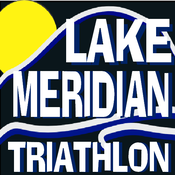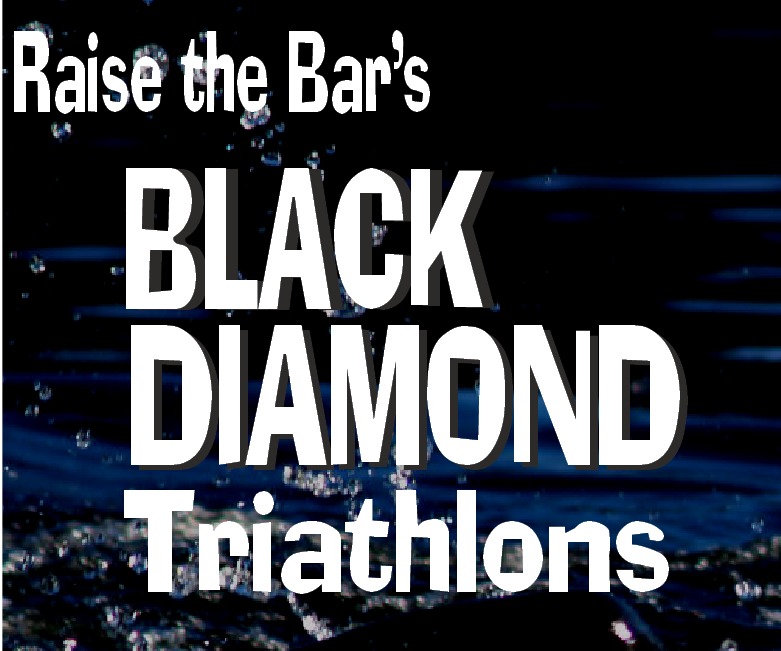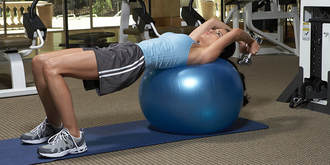 By Holly Pennington, PT, DPT/Outpatient Physical Therapy Now that you know how to make the most of your indoor aerobic workouts (see Part 1 in the November newsletter), let’s explore what would happen if you swapped some of your treadmill time for resistance training. Isn’t aerobic training enough? Would your endurance training suffer? How would you begin? Weight training, especially if it is new to you, can feel intimidating and less effective than 20 more minutes in the pool, but knowing the answers to these questions will help you make the most of your indoor training this winter. Isn’t aerobic training enough? You know that resistance training is good for you, but, as a triathlete, you aren’t sure why you need it. You are in great shape aerobically and exercise plenty. But weight training has specific, unique benefits that are important to your overall health and training longevity:
Will your endurance training suffer? The research on strength training for endurance athletes is convincing. It has been shown to increase Running Economy (a complicated scientific measure of how well your body uses oxygen while running: think of it as similar to the fuel economy of your car) in highly trained middle- and long-distance runners. In another study, resistance training improved time-trial performance and economy in competitive endurance athletes. The National Strength and Conditioning Association’s book, Developing Speed, concludes “The athlete who performs both resistance and endurance training in an integrated and appropriately planned fashion will perform at a higher level than the athlete who performs only classic endurance training.” When it comes to burning calories, the truth is that resistance training burns more calories than aerobic workouts in the long run. Compare real time workouts calorie-to-calorie, and time spent on the treadmill will most likely surpass time spent curling dumbbells. But, over time – even in the 24 hours after workouts - weight training burns more calories because it increases muscle tissue. Muscle burns 3-5 times more calories per hour than fat tissue, making your body more efficient at rest, with training and while racing. How do you begin a weight training program? As is true with anything in the fitness world, there are plenty of ideas and opinions about how to build muscle and do resistance training “right.” But, like most things in life, there are infinite paths to success and a few guiding principles:
As with aerobic exercise, make the most of your resistance training by sticking to sport-specific activities. Here are a few specific exercises to get you started: Swimming: Lat Pull Downs (pull down to chest in front of you, One-Arm Cable Pull from low height with high elbow, Lateral Raises, Planks Cycling: Leg Press, Squat, Lunges, Hamstring Curls Running: Single Leg Squats, Calf Raises, Hip Extension Bridges with Swiss Ball Now you know why adding resistance training to your indoor workouts is worth your and how to get started. Go ahead, change up your winter training in 2018 and watch your body change and race times drop! Looking for more ideas about weight training? Call any Outpatient Physical Therapy clinic to schedule your free consultation (no fee, no prescription or referral needed) with a licensed Physical Therapist. Find a location near you at www.outpatientpt.com Sources: Balsalobre-Fernández C1, Santos-Concejero J, Grivas GV. Effects of Strength Training on Running Economy in Highly Trained Runners: A Systematic Review With Meta-Analysis of Controlled Trials. J Strength Cond Res. 2016 Aug;30(8):2361-8. Beattie K1, Kenny IC, Lyons M, Carson BP. The effect of strength training on performance in endurance athletes. Sports Med. 2014 Jun;44(6):845-65
0 Comments
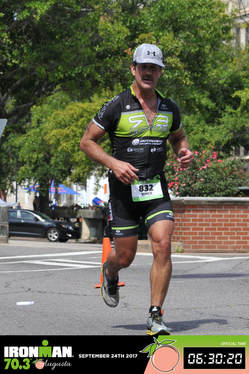 About 15 years ago “I lost my eye”. Thank you RTB for asking WHY I TRI? I am not sure how emotional or inspiring my story will be, but I did throw in a little humor at my expense! The most important thing I would like to add to this newsletter is, everyone on here has that one special thing we all have together, and that is HEART. Everyone involved with RTB has HEART, deep, deep , HEART. You can train, and train, but no matter what, if you don’t have HEART you will never exceed your potential. I joined RTB last year, and have enjoyed meeting the people and learning about their raw emotional and inspiring stories. I look forward to reading them, and feel inspired when I do. Maybe the same will happen with what I write? As I am inspired by all of you, maybe I can inspire someone else? This is what I feel that RTB has done for me, we all push each other to become better people in the world around us. I grew up as a proud “Army Brat”. We moved about every 4 years. I have lived in Japan, Germany, Arizona, Georgia, California, and my high school and college roots are in Texas, as well as being born in El Paso. Moving all the time gave me the advantage of learning about clicks in social society, as well as learning to adapt and being accepted by the people that you want to be accepted by. But there was always the “new kid on the block syndrome” that had to prove himself on every move. As we all travel this journey called life we will travel with all kinds of people, some may last only a few moments in time, some may last a lifetime. When you find something that you are passionate about, you will always find yourself in your happy place doing it. Love what you do, do what you love. That is HEART and SOUL.  I have made my roots in Seattle, being here the last 37 years of my life. I still call Texas home. That is where my Army Brat buddies still live. However, when I moved to Seattle, it had so much to offer in the way of outdoor activities that you don’t find anywhere else in the world. I have to stop and think about where am I really from? And where do I really call home? But I do think I found my long lost twin in Seattle? Thanks Edgar!!  I had a buddy a few years ago that I met at the gym, he introduced me to Triathlons. I was just starting to really get to know “Mitch” and his wife Marilyn. I told him one day I wanted to do an ironman, it was on my bucket list. I didn’t even know he did them till after I said it. He said I will help you get started, first thing you need to do, is do a sprint. A sprint? He said yeah, you gotta work your way up. I have never even run a marathon before. All of my athletic experience was high school and college football and baseball, you know all the quick and fast drills to be the fastest and strongest on the field. I never even did any endurance stuff, but I was always engaged in weekend warrior competitions, so I figured what the hell right? My first marathon was at age 50, that took some training to get to, then I went into the sprint!! I never knew about the brick workouts until after I met Mitch. Unfortunately, my time with Mitch was short lived as we lost him on a avalanche accident, I never got the chance to race with him, or share a finish line. My idea of training was one day swim, one day bike, one day run. I figured ok I have done all the distances separately, how hard could it be? I know all of you are laughing right now and shaking your head. Because you know it happened to you as well? Unless you were fortunate enough to have a coach or someone close to you to teach you along. I was lucky enough to gather what little info I could from Mitch before his accident, RIP my friend, you are missed by many. 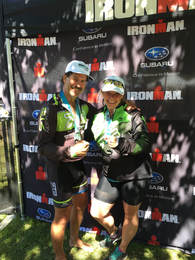 I did the sprints down in Ft. Lewis when they were doing the Double Deuces. I thought to myself ok I should be able to get through this pretty easy? Not knowing about hydration, brick workouts, long weekend workouts, having a decent bike, and learning how to swim in a wet suit. Oh yeah, and don’t forget about the transition, my first race transition was like 7 minutes in T1, all my friends teased the hell out of me and I had to laugh at myself as well, I thought what the hell were you doing? Blow drying your hair?? Putting make-up on?? 7 minutes, it was just a blur, couldn’t get my foot out of the wetsuit? IDK!! It was the start of what has turned into a lifestyle for me. At this point in my life it isn’t about being first or getting the trophy. It’s all about the maintenance on my health, I am just happy to be able to compete and say “yeah… I did that”. Don’t get me wrong, I still compete against myself and the clock. And an occasional banter that gets shared among friends is always healthy. Someone has to have bragging rights? I also want to be that old guy (or for you women) lady in their 60’s that passes everyone and everyone just looks at themselves and says WOW!! AMAZING!! SOB!!! Because we all know the # 1 rule is to dig deep in your HEART and “finish”. Some people will relate to that. Others will be more about the competition. We all know how much time and training goes into a race. There is a lot of time sacrificed and attention that gets shared among family and friends. Such a fine balance needed to walk. And in the meantime give ourselves our own piece of mind. Not to mention our Sherpa support team, that give their unconditional time and energy for support of us, I salute all of you on the sidelines that give your all for your loved ones. Thank you Tami. For me, it’s maintenance and balance, being able to do the things I want to do, when I want to do them. It is just the path we choose to take at that point in time of our life. As my professional career took off and I became a business owner I became somewhat “comfortable” and didn’t feel like I needed to prove anything to myself anymore. At the age of 40 diagnosed with 2 herniated discs and getting ready to receive my 4th knee operation it seemed like it was time to let the weekend warrior slowly pass away. Doctor said my warrior/running days were over after the ACL and 3 arthroscopic surgeries. As I laid recovering from my last knee arthroscopic, it finally hit me I needed to take up GOLF! It seemed like I hit that age to slow it down a little? I could still hit the shit out of the ball, but there was a slight problem, somewhere along the way you have to learn to hit it straight!! Yeah, tell that to the guy in the other fairway, a one in a million shot, I just sliced the ball into his golf cart, while he was still in it!! Or the time in Chelan when I was with my girlfriends 2 young sons 11, and 7, and I nailed a guy in the back as he was walking off the green!! OMG those kids laughed hysterically “YOU JUST HIT THAT GUY”, “YOU JUST HIT THAT GUY” the whole week at me, good times! Well, that took about 5 years to master, but the courses were getting busier and the rounds of golf were taking longer and costing more. So what’s a veteran post weekend warrior supposed to do with himself? I wasn’t going to go down without a fight. At this point I didn’t care what the doctor said anymore, it was time to get off my ass and get back in the game. Put the golf shoes on the backburner and break out the athletic shoes again. I am thankful that RTB has given me a chance to write “Why I Tri”. What I have to say next, I say with complete sincerity to everyone knowing someone fighting cancer. As healthy as I feel, with no symptoms at all, and no family history! I had a physical for the first time in 15 years because it was time for my “colonoscopy” well that came back clean. But during the process of my physical, the blood tests on my PSA levels came back high. Please, all you guys out there, take a moment to go get a simple PSA blood test. Statistics show that 1 out of 9 guys have Prostate cancer and don’t even know it. I am one of the lucky ones, I caught it early. I was diagnosed this Feb. let me remind you with “NO SYMPTOMS”. I spent June through August going through Proton therapy. Anyone else that has a family or friend experiencing some sort of cancer, I am very proactive on the Proton Therapy treatment, take a few moments and google and research it. As I have slowly started to get back to being “Vinny” that’s what all my Texas brat buddies call me. I have been inspired by everyone’s story and what they have all accomplished and overcame. The human spirit never ceases to amaze me, as I am sure some of you feel the same way. My close friends that I have trained with in the past, Sean, Lisa, Mitch, Doug, Sarah, Tracie, Race, and present, Andrea, Rob, Colette, my new found “Southie friends” Phil, Heidi, and the gang, Deborah and my early morning spin class tribe, are all friends that have produced a positive light onto my life. I enjoy being surrounded by all the positive energy that goes with the training. Having been able to get out to Lake Tapps this summer and enjoy my new friends the Southies was a lot of fun, thank you for the invite, and I am anxious to do it again next year. I use to be the pusher all the time, somedays I still can. But, as I have become older I am now feeling like I am the one being pushed. The hunter has become the hunted. I am ok with that, I accept the challenge. I enjoy recruiting new people that show some interest into the tri athlete lifestyle. I continually will educate those that are just starting out with the hard facts of what I learned the hard way. I am still learning with each race and new year, some of the veterans say if you stick with it, you will be good at it in about 8-10 years!! Perfect, they say 70 is the new 50!! HA, HA!! I appreciate all that RTB has to offer in the sport. Which is knowledge of equipment, comradery, nutrition, group activities, mentorship, etc… etc…. etc… thank you. I feel that everything related to life you need to feel some sort of “Dedication” (dedicated to do anything you want) “Inspiration” ( Inspired to do what you want) and “Motivation” ( Motivating you to do what you want, when you want to) I find this to be true in many of the Ironman triathletes that I meet, most of which their backgrounds are either business owners, management people, or self motivators that need no babysitting. These are the pushers of the world, and I applaud all of you pushers, may you continue to push us as long as you can before you have to pass the torch. Yeah I lost my “Eye Of The Tiger”……. but it is coming back. Stay thirsty my friends. |
Raise the BarRace reports, upcoming events, news, and more, from RTB. Archives
September 2023
|


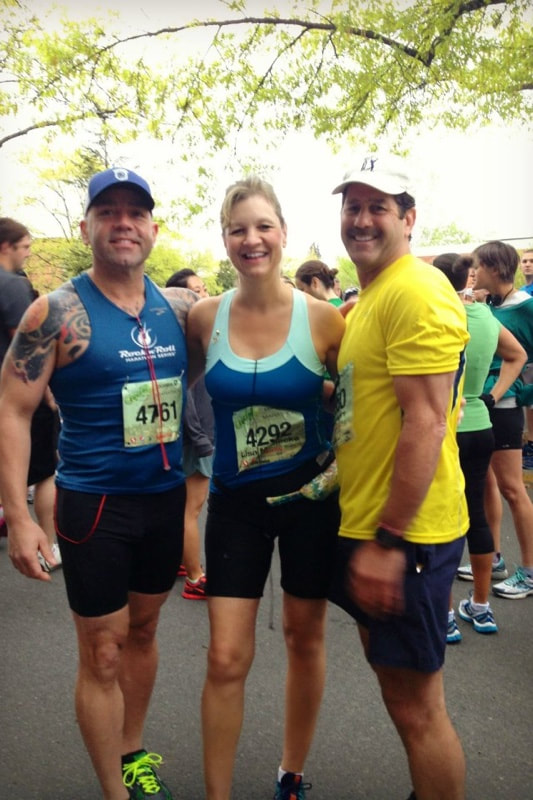

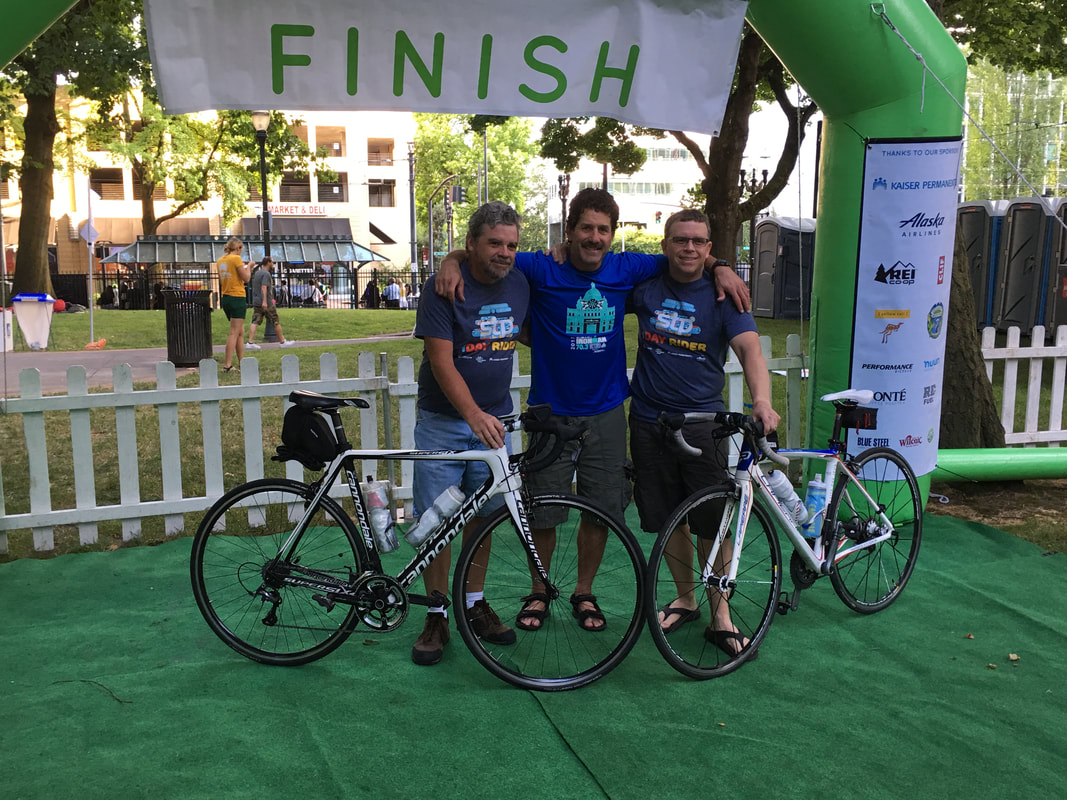






 RSS Feed
RSS Feed
